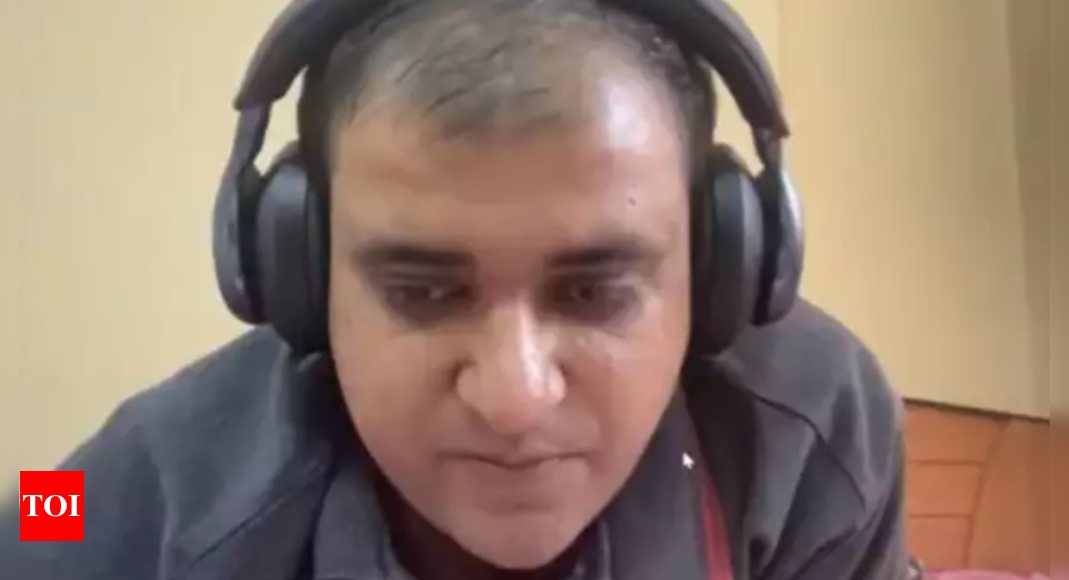Dec 12, 2024 07:52 PM IST
The ISRO has been working on the engine in view of its Gaganyaan mission, India’s first manned spaceflight.
The Indian Space Research Organisation (ISRO) on Thursday said that the CE20 cryogenic engine flew through in a critical sea level test, a significant breakthrough in propulsion technology and future of the country’s space missions.

The test was done on November 29 at the ISRO Propulsion Complex in Mahendragiri, Tamil Nadu. According to ISRO, the test showed the engine’s restart capabilities, a crucial step on the road of manned missions by India’s Space Agency.
“The CE20 cryogenic engine, developed indigenously by the Liquid Propulsion Systems Centre, has been qualified to operate at a thrust level of 19 tonnes and has successfully powered six LVM3 missions to date,” ISRO stated, according to PTI.
The space agency has been working on the engine in view of its Gaganyaan mission, India’s first manned spaceflight. It has been upgraded to produce a thrust level of 20 tonnes. Apart from that, it is capable of producing an enhanced thrust of 22 tonnes for the C32 stage in the future.
It will also improve the payload capabilities of the LVM3 launch vehicle.
Also read: Mansa govt school gets Punjab’s first space science lab
Standout features of the test
A multi-element igniter was tested during the process. The igniter is integral to enabling engine restart capability.
Restarting a cryogenic engine poses unique challenges, particularly in terms of vacuum ignition without nozzle closure. ISRO confirmed that previous ground tests had already demonstrated vacuum ignition successfully.
The sea-level test introduced an innovative ‘Nozzle Protection System’ to address challenges such as flow separation inside the nozzle, which could otherwise lead to severe vibrations, thermal issues, and potential damage. This system has enabled a cost-effective and less complex testing procedure compared to the High-Altitude Test (HAT) facility traditionally used for such evaluations.
According to ISRO, the new system has mitigated all the complexities related to the test. It paved the way for more efficient test results.
Get Current Updates on…
See more



Leave a Comment